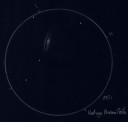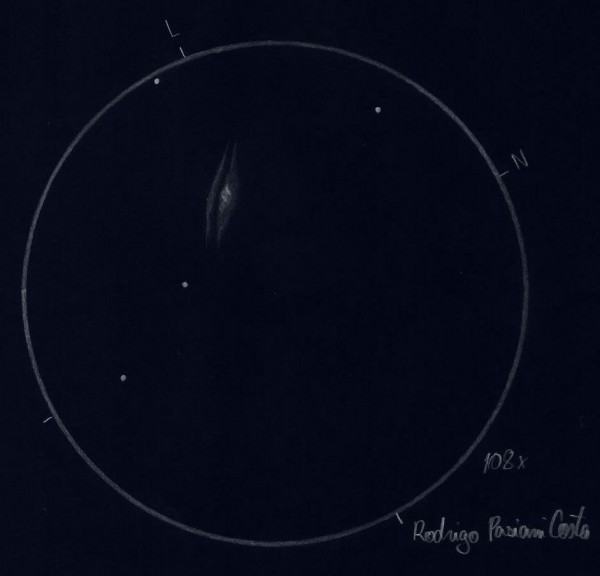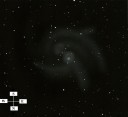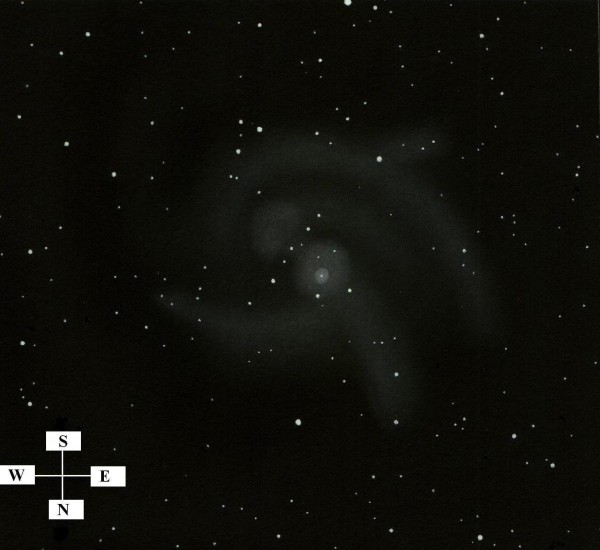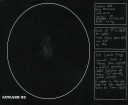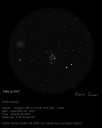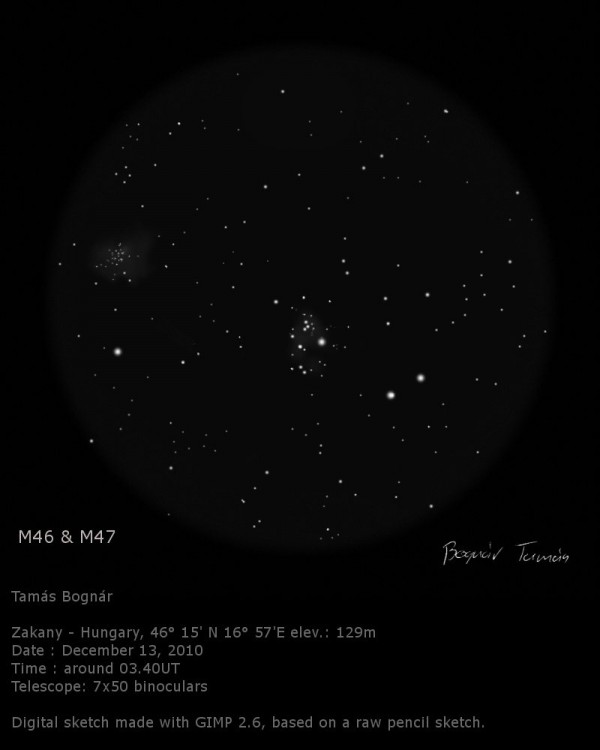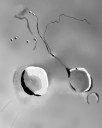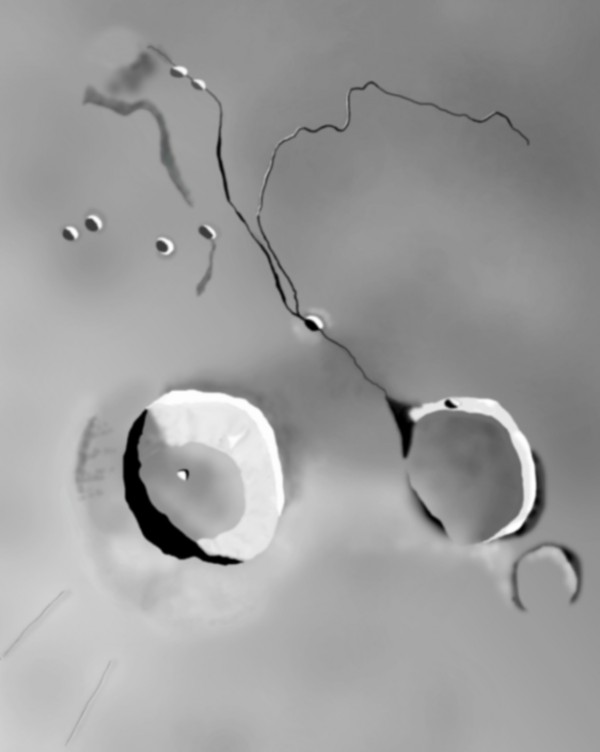Object Name M1 in Taurus
Object Type Supernova remnant
Location Budy Dłutowskie – small village in central Poland
Date 04.01.2011
Media graphite pencil, white paper, color invert
Telescope Meade SCT 8” f/10 with 40mm Willam Optics SWAN
Seeing 2/5
Transparency 3/5
NELM 5 mag
M1 – supernova remnant in Taurus constellation. It is quite easy to observe it on the dark sky through the 8 inch telescope or “stronger”. Hovever if you want to see details inside of this object you will need “half meter piece of glass” or more.
In 8” we can observe only small, circle shape mist.
Clear sky
Łukasz




